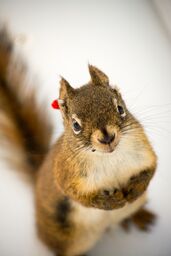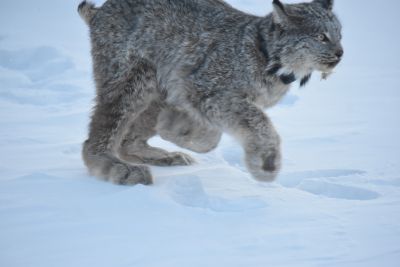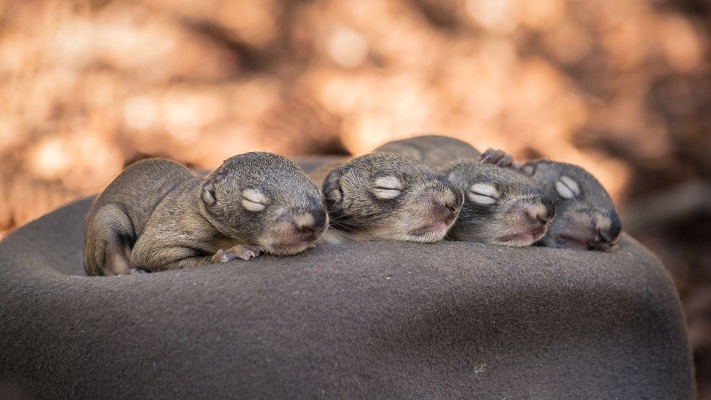My long-term objective is to make significant advances in our fundamental understanding of how ecological variation affects phenotypic plasticity, evolution and population dynamics. My applied research works to provide the information and tools necessary to make ecologically-informed landuse decisions.

Photo credit: Amanda Kelley
Climate change, and its implications, has re-emphasized that one of the greatest challenges in biology is to be able to predict the effects of environmental change on the complex interaction between genotype, phenotype, life history, and population dynamics of species. This is a formidable task but it is possible to make significant advances by combining longterm studies of dynamic systems in the wild with well-designed experiments. My research is built on three such programs. In the mid-eighties I wanted to find a natural system that allowed me to measure plastic (within-individual) and evolutionary (between-generation) responses to ecological variation. I chose North American red squirrels at Kluane Lake Yukon with the result that we now have phenotypic, lifetime fitness, and pedigree information for 15,000 individuals spanning 12 generations and 30 years. What has come to be known as the Kluane Red Squirrel Project (KRSP) has grown to include Co-PI’s and collaborators who complement my expertise (Andrew McAdam (Guelph) evolutionary ecology, Murray Humphries (McGill) energetics, Ben Dantzer (Michigan) stress, David Coltman (Alberta), molecular genetics, and Jeff Lane (Saskatchewan) phenological ecology). The strength of KRSP lies in its comprehensiveness (censused and pedigreed populations of individuals for which we have physical, energetic, behavioural, and life history traits linked to lifetime fitness), the dynamic nature of a key driver (highly variable and quantifiable food supply), and our ability to perform relevant experiments. This foundation has allowed outstanding students to address a wide array of fundamental and emerging topics including animal personality, antioxidants and senescence, Williams’ hypothesis, Hamilton’s rule, maternal effects, and plastic and evolutionary responses to climate change.
The second part of my research program is the result of my NSERC Industrial Research Chair in Integrated Landscape Management (2000-2012) whose objective was to provide decision-makers with the information and tools necessary to make ecologically-informed landuse decisions. The Lab is now focused on making ecological research relevant to society by tackling pressing conservation issues related to human landuse and climate change. I work in the heart of the Alberta Oil Sands where the conservation challenges are immense and the economic stakes are high, creating the opportunity to study large-scale systems undergoing rapid human-induced change. A “poster child” for this situation is the woodland caribou whose threatened status and large-scale habitat requirements make it an interesting case that challenges Canada’s SARA. Through a major effort to build collaborations with industry and government, Alberta now has the most comprehensive picture of woodland caribou population dynamics in the country. My lab has done the foundational research to determine the proximate cause of widespread declines and we have proposed innovative conservation actions. Although the core of the project is applied, we have also tested ecological theory involving predator-mediated Allee effects, apparent competition and landscape genetics. We are now at a critical stage of the caribou recovery process in Alberta creating the opportunity to implement and monitor a series of innovative recovery experiments. We continue to make progress through effective collaborations with the Caribou Monitoring Unit.

Photo credit: A. Menzies
The third part of my program is linked to the classic lynx-hare cycle and the longterm monitoring of hare-lynx cycles in the Kluane Lake area. We now have over 40 years of continuous population traces of the dominant mammals in the system and during the most recent cycle, we have taken advantage of new technological advances to track lynx and hare movements, behaviour, interactions, and population dynamics in amazing detail. This work involves a rich collaboration with Charley Krebs, Rudy Boonstra, Dennis Murray, and Murray Humphries.
I have also had the privilege of working with the Alberta Biodiversity Monitoring Institute. This organization continues to assemble outstanding species distribution and abundance datasets for 2000 species in Alberta.
